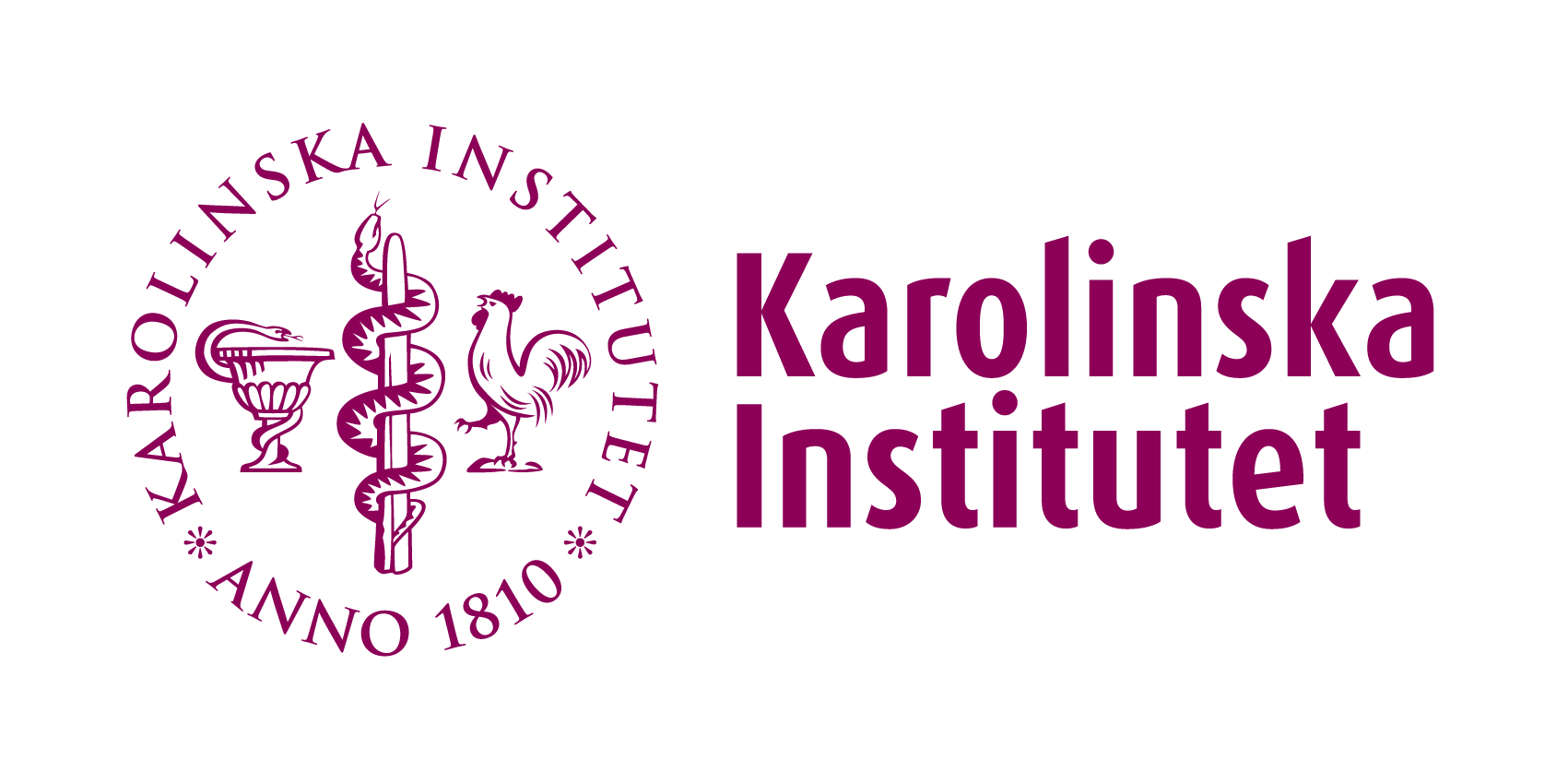Can MYOACT value in baseline predict as a prognostic tool for disease damage in inflammatory myopathies, myositis?
Responsible: Maryam Dastmalchi
Introduction
Inflammatory myopathies (IM) constitute a heterogeneous group of rare rheumatic disorders characterized by muscle weakness, low muscle endurance and infiltrations of inflammatory cells in muscle tissue. Based on different clinical and histopathologic features,three main subsets of adult myositis have beendefined: polymyositis (PM), dermatomyositis (DM), immune mediatednecrotizing myopathy (IMNM)and inclusion bodymyositis (IBM).
Extra muscular inflammation, mainly lung involvement, has been well described in IM which confers higher morbidity and mortality rates. Besides of lung inflammatory changes, other organs such as cardiovascular and gastrointestinal have been addressed. A critical part of evaluating patient with myositis is to determine the degree of reversible injury (disease activity) suitable to improvement with treatment.
The international myositis assessment and clinical studies group (IMACS) created a core set of outcome measures which contains a domain for extra muscular inflammation. The developed instrument is known as the MYOACT scale. Although it has been described the correlations with other core set domains (e.g. functional disability), the value as a prognostic tool has not been well.
Disease Damage includes persistent changes in anatomy, physiology, pathology or function which result from previously active disease and from complications of therapy or other events. Changes associated with damage are often post-inflammatory, cumulative and irreversible. IMACS has developed a consensus that damage should be present at least 6 months despite prior immunosuppressive, rehabilitation or other therapies. The core set measures to assess myositis damage is measured with visual analogue scale 0-100. The value o is stands for no damage and 100 stand for maximal damage.
Extra muscular inflammation, mainly lung involvement, has been well described in IM which confers higher morbidity and mortality rates. Besides of lung inflammatory changes, other organs such as cardiovascular and gastrointestinal have been addressed. A critical part of evaluating patient with myositis is to determine the degree of reversible injury (disease activity) suitable to improvement with treatment.
The international myositis assessment and clinical studies group (IMACS) created a core set of outcome measures which contains a domain for extra muscular inflammation. The developed instrument is known as the MYOACT scale. Although it has been described the correlations with other core set domains (e.g. functional disability), the value as a prognostic tool has not been well.
Disease Damage includes persistent changes in anatomy, physiology, pathology or function which result from previously active disease and from complications of therapy or other events. Changes associated with damage are often post-inflammatory, cumulative and irreversible. IMACS has developed a consensus that damage should be present at least 6 months despite prior immunosuppressive, rehabilitation or other therapies. The core set measures to assess myositis damage is measured with visual analogue scale 0-100. The value o is stands for no damage and 100 stand for maximal damage.
Project details
| Inst f medicin Solna (MedS) | |
| Reumatolog kliniken | |
| Other | |
| 1 | |
| English | |
| All data have already been collected and only need to be analyzed | |
| Ethical permit is required and exists |
Supervisor/Contact
Maryam Dastmalchi
073-9789145
maryam.dastmalchi@karolinska.se
Contact 2
Fabricio Espinosa
076 830 46 37
fabricio.espinosa@ki.se
Aims
The goals of this study is to determine if MAYOACT can act as prognostic factor for disease disease damage in inflammatory myopathies, myositis at 12 months?
Design
Register study
Material and methods
The Karolinska university hospital myositis database includes prospectively collected clinical, laboratory and serologic data on patients referred to myositis clinic since 1994.
We plan to select consecutively patients with Polymyositis, Dermatomyositis and Overlap myositis (fullfiling diagnostic criteria of one extra rheumatic disease besides myositis) from the myositis database enrolled to our database period 1994-2016.
Myoact score. This tool allows physicians to grade overall severity of the ongoing current disease activity for each of the six organ systems (Constitutional, cutaneous, skeletal, gastrointestinal, pulmonary, cardiac) by drawing a vertical mark on a 10-cm line (visual analogue scale, VAS). A patient’s global assessment of extramuscular activity on a VAS and a physician’s global assessment, which includes the muscle disease activity, on a VAS are also obtained.
HAQ score. The Standford Health Assessment Questionnaire Disability Index (HAQ-DI) examines 20 activities divided into eight categories and offers many advantages. Higher scores express higher degree of disability
We plan to select consecutively patients with Polymyositis, Dermatomyositis and Overlap myositis (fullfiling diagnostic criteria of one extra rheumatic disease besides myositis) from the myositis database enrolled to our database period 1994-2016.
Myoact score. This tool allows physicians to grade overall severity of the ongoing current disease activity for each of the six organ systems (Constitutional, cutaneous, skeletal, gastrointestinal, pulmonary, cardiac) by drawing a vertical mark on a 10-cm line (visual analogue scale, VAS). A patient’s global assessment of extramuscular activity on a VAS and a physician’s global assessment, which includes the muscle disease activity, on a VAS are also obtained.
HAQ score. The Standford Health Assessment Questionnaire Disability Index (HAQ-DI) examines 20 activities divided into eight categories and offers many advantages. Higher scores express higher degree of disability
Collected data/reagents
We plan to extract clinical and laboratory data from all patients DM, PM and Overlap myositis from the international database Euromyositis register and follow up data from the Swedish Rheumatology Quality of Care register, SRQ, where we have a specific myositis data set in the SweMyoNet register. Missing data will be retrieved from patient medical records. Data to collect include demographic data, MYOACT score results, death and HAQ score (disability measurement).
Backup plan
We have back upplan for both superviser and project.
Teaching/Supervision activities
Education in searching literature data in PUB MED, how to write a study protocol, how to extract data from the patient medical record Take care, and from the myositis register SWEMYONET, and from the Euromyositis database and how to perform statistical analyses as described above and how to write a scientific report.
